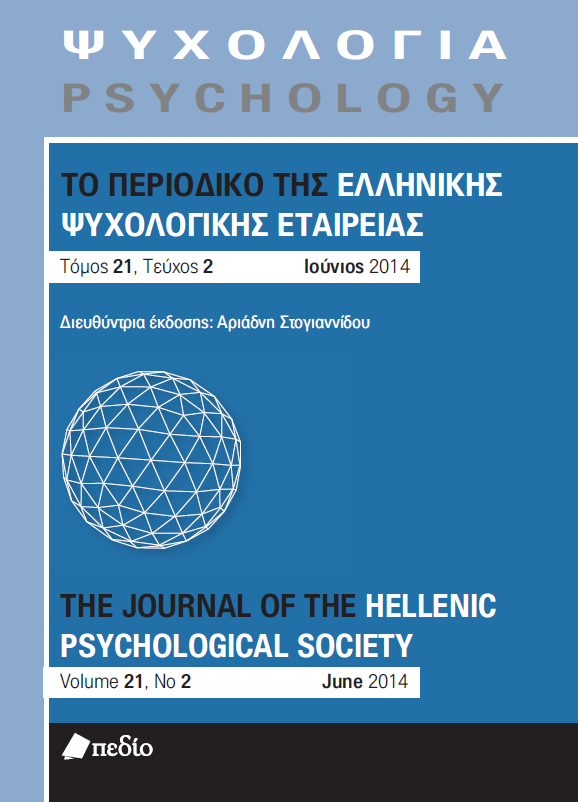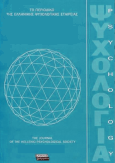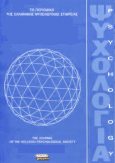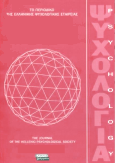Description of the basic psychometric characteristics and the factor structure of the Greek version of the Pathological Narcissism Inventory

Abstract
The aim of this study was to examine the basic psychometric properties of the Greek version of the Pathological Narcissism Inventory (PNI; Pincus, Ansell, Pimentel, Cain, Wright & Levy, 2009). The PNI is a self-report scale recently developed to measure both narcissistic grandiosity (Exploitativeness, Grandiose Fantasy, Self-sacrificing Selfenhancement)
and narcissistic vulnerability (Contingent Self-esteem, Hiding the Self, Devaluing, Entitlement rage). The English version of the PNI was translated to Greek and administered to 283 University students.
Confirmatory factor analysis was used to investigate its factor structure in the Greek sample. Several models were evaluated: a. the initial seven-factor first-order model, b. three second-order models with two secondorder latent factors (Grandiosity, Vulnerability), c. three second-order models with three higher order latent factors (Grandiosity, Vulnerability, Malignancy). Goodness-of-fit indices showed better fit for the seven-factor structure, however, acceptable fit was also achieved for most of the second-order models as well. Reliability coefficients were within the acceptable standards for all subscales. The models are evaluated theoretically and the advantages of assessing narcissism in Greece with the PNI are discussed.
Article Details
- How to Cite
-
Καρακούλα Π., Τριλίβα Σ., & Τσαούσης Ι. (2020). Description of the basic psychometric characteristics and the factor structure of the Greek version of the Pathological Narcissism Inventory. Psychology: The Journal of the Hellenic Psychological Society, 20(2), 160–175. https://doi.org/10.12681/psy_hps.23534
- Issue
- Vol. 20 No. 2 (2013)
- Section
- RESEARCH PAPERS

This work is licensed under a Creative Commons Attribution-ShareAlike 4.0 International License.
The journal PSYCHOLOGY adopts a Platinum open-access policy. Submission, processing or publication costs are waived by the Hellenic Psychological Society. Papers published in the journal PSYCHOLOGY are licensed under a 'Creative Commons Attribution-ShareAlike 4.0 International' licence. The authors reserve the copyright of their work and grant the journal the right of its first publication. Third-party licensees are allowed to use the published paper immediately after publication as they wish, provided they retain the defined by the license copyright formalities, regarding the reference to its author(s) and its initial publication in the journal PSYCHOLOGY. Moreover, any adjusted work should be shared under the same reuse rights, so with the same CC license.









